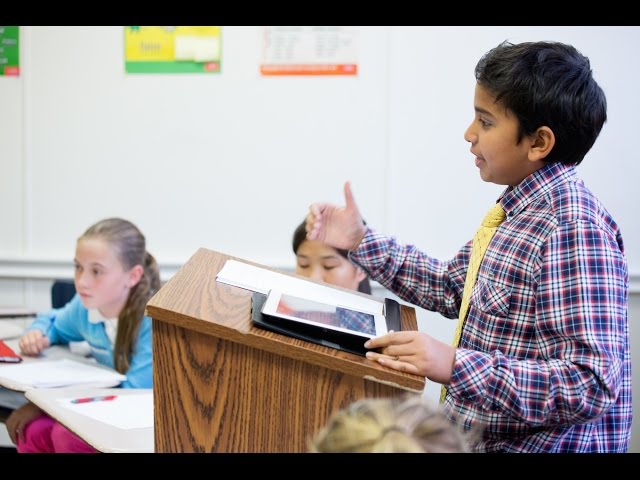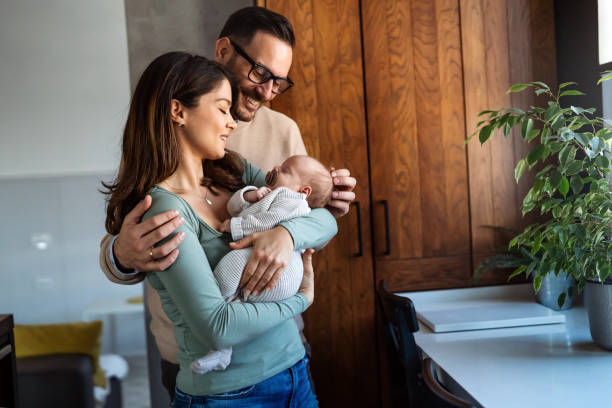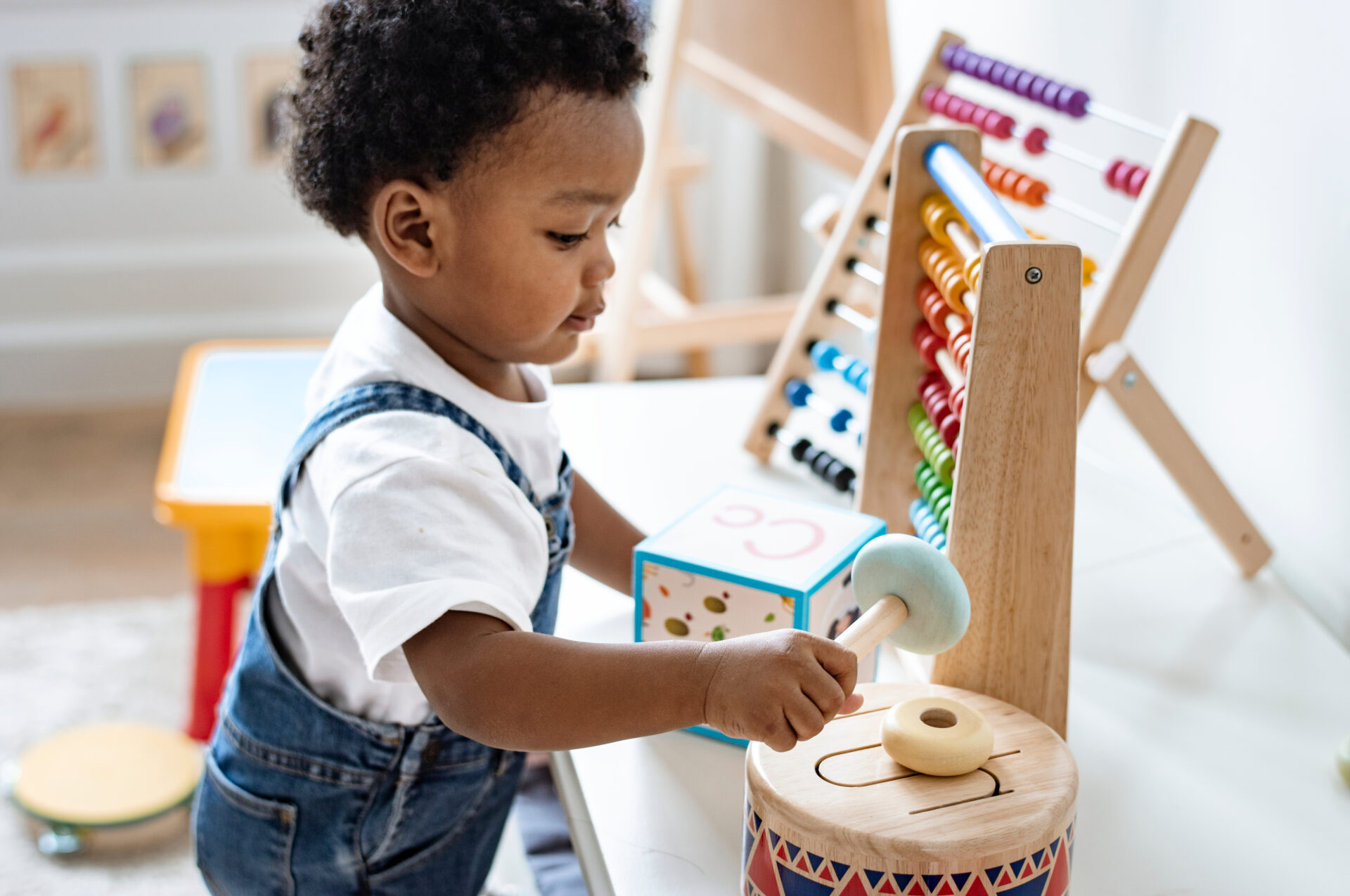Standing up for a debate can be nerve-wracking. Your heart races, palms sweat, and suddenly you wonder: How do I even start?
The truth is, the first words you say matter more than you think. Judges and your audience begin forming an impression of you the second you greet them.
That’s why learning the best debate greetings is so important.
A strong greeting is like shaking someone’s hand with confidence, it sets the tone for everything that follows.
In this guide, we’ll explore how to greet in debates, sample lines you can use, mistakes to avoid, and how to deliver your greeting with confidence.
By the end, you’ll have everything you need to start any debate the right way.
What Do We Mean by Debate Greetings?
Debate greetings are the polite, structured opening lines used to acknowledge the people in the room before presenting your argument.
They usually include:
- Saluting judges
- Recognizing the timekeeper
- Acknowledging fellow debaters
- Addressing the audience
It’s your chance to show respect and professionalism. For example:
“Good afternoon, honorable judges, timekeeper, my worthy opponents, and my fellow students. I am here to support the motion that technology has improved education.”
Why Greetings Matter in Debates
Some students think greetings are just formalities. But in debate competitions, they serve bigger purposes:
- Creates a strong first impression – Judges often notice how you open.
- Shows respect and courtesy – Demonstrates good sportsmanship.
- Helps calm your nerves – Having a memorized greeting gives you a safe starting point.
- Sets up your argument smoothly – Transitions naturally into your points.
Think of greetings as the “welcome mat” to your speech, they make the audience more willing to listen.
The Basic Structure of the Best Debate Greetings
Here’s a simple format that works every time:
- Salutation – “Good morning/Good afternoon.”
- Address officials – “Honorable judges, accurate timekeeper.”
- Recognize peers – “My fellow debaters and respected audience.”
- State your position – “I am here to support/oppose the motion…”
Check out: Montessori at Home Activities for 2-Year-Olds | Fun & Easy Ideas
Example:
“Good day, honorable judges, timekeeper, my worthy opponents, and respected audience. My name is David, and I stand in support of the motion that health is more valuable than wealth.”
Sample Greetings You Can Use
Formal Greeting
“Good morning, honorable judges, accurate timekeeper, fellow debaters, and esteemed audience. I am here to oppose the motion that homework should be banned.”
Simple Greeting
“Hello everyone. Today I support the motion that school uniforms should be mandatory because they create equality and discipline.”
Friendly Greeting
“Good day, respected judges and friends. I am honored to stand here in support of the motion that physical books are better than e-books.”
Creative Greeting
“Imagine a classroom where every student feels equal and confident. Good morning, honorable judges, fellow debaters, and audience. That is why I support the motion that school uniforms should be mandatory.”
How to Deliver Greetings with Confidence
1. Control Your Voice
Speak loud enough for everyone to hear but don’t shout. Use a natural, conversational tone.
2. Make Eye Contact
Look at your audience, not the floor or ceiling. Eye contact builds trust.
See now: How to Pass JAMB UTME First Time in Nigeria – 8 Proven Steps for Success
3. Smile
A gentle smile makes you look approachable and eases your nerves.
4. Stand Tall
Keep your posture straight. Don’t slouch or fidget.
5. Practice Often
The more you rehearse your greetings, the more natural they’ll feel.
Common Mistakes to Avoid
Even strong debaters slip up sometimes. Watch out for these errors:
- Skipping greetings entirely – Judges might mark you down.
- Being too casual – Avoid greetings like “Hey guys!” in formal settings.
- Speaking too fast or too softly – Make sure your words are clear.
- Forgetting respect – Never insult your opponents or sound arrogant.
- Overcomplicating – Keep it short and professional.
Linking Greetings to Your Debate Topic
The best debaters connect their greetings with the motion. Here are some examples:
Motion: “Should homework be banned?”
Greeting: “Good day, honorable judges, fellow debaters, and friends. I am here to support the motion that homework should not be banned, as it reinforces learning beyond the classroom.”
Motion: “Is social media more harmful than helpful?”
Greeting: “Good morning, respected judges and colleagues. I stand to oppose the motion that social media is harmful because, when used wisely, it connects people and spreads knowledge.”
This approach makes your opening memorable and relevant.
Best Debate Greetings for Beginners
If you’re just starting, use short and easy greetings like:
“Good morning, honorable judges, timekeeper, my fellow debaters, and audience. I am here to support the motion that education is the key to success.”
“Hello everyone. Today I oppose the motion that technology has caused more harm than good.”
Advanced Debate Greetings for Experienced Debaters
Read now: Debate Topics for Primary Schools in Abuja – 25/26 Guide
More experienced students can try polished greetings that grab attention:
“Respected judges, worthy opponents, and friends, today I rise to argue in favor of the motion that climate change is humanity’s greatest challenge.”
“Good day, esteemed judges and my colleagues. Imagine a society without education. Today, I stand strongly against the motion that education is not necessary for success.”
Body Language During Debate Greetings
Your body language should support your words.
- Hands: Use small gestures but don’t wave wildly.
- Face: Keep it calm and confident.
- Feet: Stand firm, don’t shuffle.
- Eyes: Focus on different parts of the room so everyone feels included.
Do Greetings Affect Debate Scores?
Yes. In many competitions, presentation and confidence are part of the grading system. Judges notice how you start.
A well-crafted greeting:
- Shows preparation
- Makes you look confident
- Creates a strong opening impression
So yes, greetings can give you a point advantage.
Practicing Greetings in School
Here’s how to prepare before your debate:
- Write your greeting and memorize it.
- Practice in front of a mirror.
- Rehearse with friends or classmates.
- Record yourself and watch for mistakes.
Combine your greeting with your opening argument.
Read on: Best Read Aloud Books for 4 Year Olds: A Parent’s Guide to Gentle, Fun, and Engaging Stories
Quick Greeting Phrases for Students
Here’s a ready-to-use list you can practice:
- “Good morning, honorable judges, fellow debaters, and respected audience.”
- “Respected judges, accurate timekeeper, and my worthy opponents.”
- “Good day, everyone. It’s an honor to stand here today.”
- “Hello friends. I rise to support the motion…”
- “Respected audience and esteemed judges, I am pleased to present my case today.”
Conclusion
In debates, your greeting is your first weapon. It might be only a few lines, but it sets the tone for your entire performance.
The best debate greetings are polite, confident, and directly tied to the topic.
Whether you’re a beginner using a simple “Good morning, honorable judges” or an advanced debater adding creativity, what matters most is your delivery.
Greet with respect, speak with clarity, and step into your arguments with confidence. That’s how great debaters start strong and leave lasting impressions.
FAQs on Best Debate Greetings
1. How do I greet judges in a debate?
Say, “Good morning, honorable judges” or “Respected judges” to show politeness.
2. Can I start a debate without greetings?
No. Skipping greetings is seen as rude and may cost you marks.
3. What’s the simplest greeting for beginners?
“Good day, honorable judges, fellow debaters, and audience. I support/oppose the motion…”
4. Should I use humor in greetings?
Only if it’s respectful and matches your topic.
5. How long should a debate greeting last?
Just 2–3 sentences. Short, clear, and respectful.




